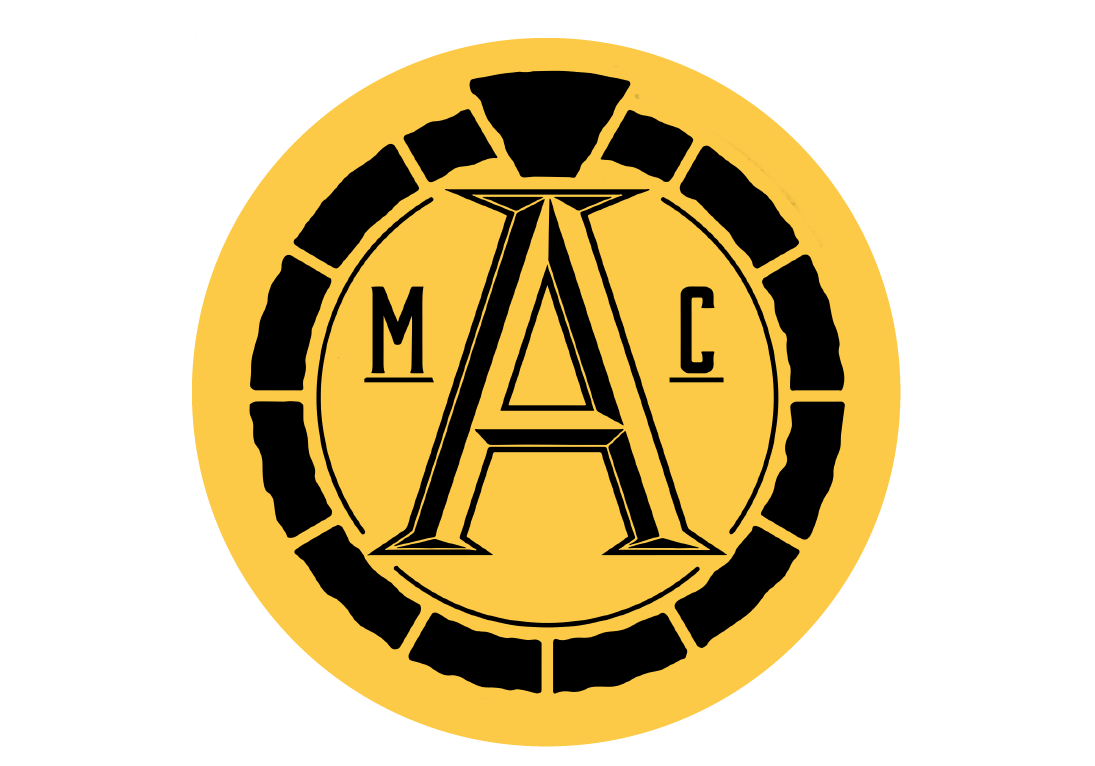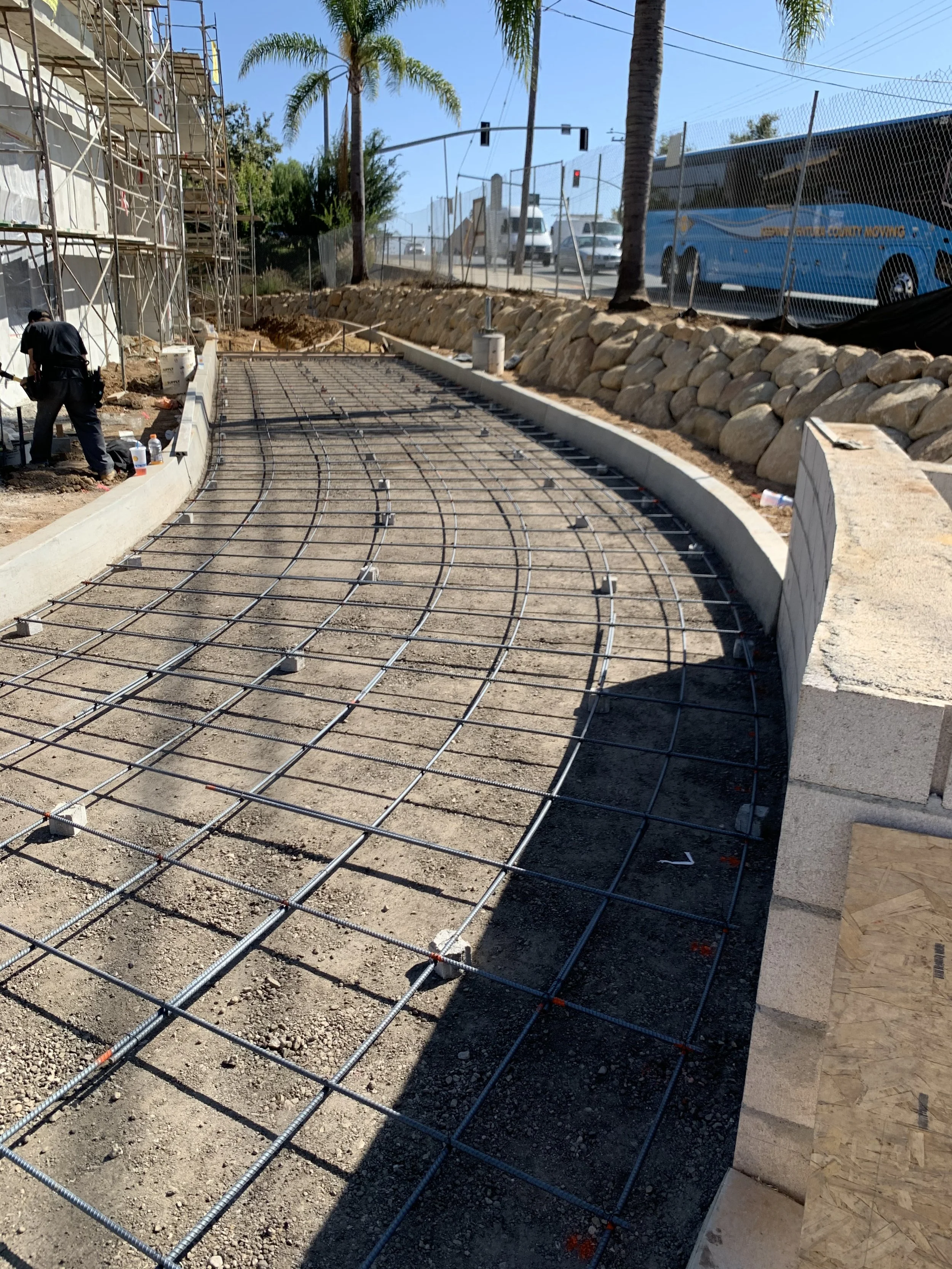Concrete Logistics
When most people think of concrete, they tend to picture the finished product — a sturdy driveway, a seamless foundation, or a flawlessly poured slab. These tangible results are the visible benchmarks of success on any construction site. However, what’s often overlooked is the complex and highly coordinated process that makes these outcomes possible: the logistics.
Concrete logistics encompasses the strategic planning, coordination, and execution involved in delivering ready-mix concrete from the batching plant to the jobsite — and ensuring it arrives in the right quantity, at the right time, and in the right condition. This process is not merely a background function; it is a critical operational component that directly influences the efficiency, quality, and cost-effectiveness of any concrete project.
From the moment a mix design is finalized to the precise timing of a pour, logistics ensures that materials, equipment, personnel, and traffic flow are aligned with rigorous precision. It involves navigating variables such as site access, delivery schedules, weather conditions, and pour sequencing — all while minimizing waste and downtime.
In this article, we’ll take a closer look at what concrete logistics entails, why it plays such a vital role in the success of a project, and how a well-managed logistical strategy can be the difference between a smooth build and costly delays or structural issues.
What Is Concrete Logistics, Exactly?
Concrete logistics is the coordinated planning and execution of delivering ready-mix concrete to a construction site — precisely at the right time, in the right condition, in the right color, and in the right quantity. What sets this process apart from other aspects of construction logistics is the unique, time-sensitive nature of concrete itself. Once water is added to the dry mix, the chemical process of hydration begins, causing the concrete to start curing immediately. This means there's a narrow window — often around 90 minutes — in which the concrete must be delivered, poured, and properly placed before it begins to set and becomes unusable.
Failure to adhere to this timeline can lead to premature hardening, compromised structural integrity, and costly waste, as loads that arrive too late or are held up on-site may need to be discarded entirely. In large-scale construction projects, where multiple pours are scheduled back-to-back and interdependent activities are closely coordinated, even minor delays can have a cascading impact on timelines, budgets, and safety.
Effective concrete logistics, therefore, involves far more than just scheduling trucks. It demands a real-time orchestration of multiple variables, including:
Batching and mixing schedules at the plant to ensure fresh, consistent product
Optimized transport routes to navigate traffic, road closures, and distance
Accurate forecasting of weather conditions, as rain, heat, or cold can affect setting times and placement
On-site readiness, including formwork preparation, crew availability, and equipment functionality
Dynamic communication between dispatchers, drivers, site supervisors, and plant operators to adapt to shifting conditions
Technologies such as GPS tracking, digital dispatch systems, and concrete telematics are increasingly used to provide visibility into the entire delivery chain, allowing for quick decision-making and reduced downtime. The ultimate goal of concrete logistics is to ensure delivery precision, minimize material waste, and maintain quality control, all while supporting the tight schedules and performance demands of modern construction.
The Moving Parts Behind the Scenes
The concrete logistics process begins well before any truck is dispatched. It starts with supply chain coordination — ensuring that cement, aggregates, water, and admixtures are available in the correct ratios and quantities. These materials are then precisely measured and mixed according to the project's specifications.
Once batched, timing becomes critical. Concrete must typically be delivered and placed within 60 to 90 minutes, depending on mix design and environmental conditions. This makes route planning essential. Delays caused by traffic, road restrictions, or urban congestion can compromise the load, resulting in waste and costly project setbacks.
At the job site, readiness is key. Crews must be prepared, formwork completed, and equipment in place before the truck arrives. Weather must also be monitored closely, as conditions can affect placement and curing.
All of this is supported by seamless communication across the supply chain — from the batching plant to drivers to on-site teams. Today, many operations use digital tools like GPS tracking, dispatch software, and mobile apps to stay aligned and responsive in real time.
In short, concrete logistics is a highly coordinated process that demands precision, speed, and communication to ensure quality and efficiency on every pour.
Why It Matters
Poor coordination can quickly lead to a cascade of problems: concrete that arrives too early may sit and begin to set, while later arrivals may leave crews idle or lead to rushed, uneven pours. Structural issues such as cold joints (where one pour doesn’t properly bond to the next) can occur, and in some cases, entire loads might need to be discarded and re-ordered for serious extra cost.
These delays don’t just cost money though — they affect quality and safety. Placing concrete in sections rather than in one continuous pour could possibly weaken the structure. And when the schedules shift, labor costs increase further as teams wait on standby.
In contrast, well-planned logistics allow for efficient use of both materials and labor, faster project completion, and higher-quality results.
A New Approach to Traditional Material
As the construction industry continues to embrace technology, logistics evolve in parallel. Advanced systems such as smart batching platforms can now automatically adjust mix designs in real time, accounting for variables like ambient temperature, humidity, or specific site conditions. GPS-enabled fleet tracking provides live visibility into delivery status, while mobile communication tools allow project managers and dispatchers to make immediate adjustments to orders, delivery timing, or site coordination.
These innovations enhance not only operational efficiency but also transparency, accountability, and responsiveness across the entire supply chain. The result is a more streamlined, predictable, and adaptable workflow — from batching to placement — supporting higher quality outcomes and reduced risk on every project.
Why This Should Matter
Whether you're a homeowner planning a new patio or a commercial developer breaking ground on a large-scale project, the success of your build not only depends on the craftsmanship, but also depends on timing, quality, and coordination. One of the most critical — and sometimes overlooked — factors in construction. Understanding this process highlights the importance of working with experienced professionals who do far more than simply pour concrete. They plan each step meticulously, coordinate supply and delivery, and execute with precision to ensure the material arrives on time, in the right condition, and is placed without delay.
Effective concrete logistics helps avoid costly setbacks, reduces material waste, and ensures structural integrity — outcomes that are essential regardless of project size. Ultimately, solid logistics translate to solid results, ensuring that what’s beneath your feet is as dependable and durable as the structure built upon it.
Conclusion
While often operating out of view, concrete logistics is one of the most critical components of any successful construction project. It involves the careful coordination of multiple moving parts — from material sourcing to transportation planning, site preparation, and real-time communication. Each of these elements must work in harmony to ensure that concrete is delivered on time, in specification, and under the right conditions.
managing concrete logistics effectively helps minimize delays, reduce material waste, and maintain the structural integrity and quality that projects demand. It also enables site crews to work efficiently, prevents costly downtime, and supports tight construction schedules — all while adapting to more unpredictable variables like traffic and weather.
In essence, concrete logistics is not just about moving material from point A to point B. It's about ensuring that every pour is executed with precision, reliability, and foresight. When all the pieces align, the result is more than just a successful delivery — it’s a foundation of trust and peace of mind that supports the entire project from the ground up.
Let’s Build Something Together!
At Alvarez Masonry & Concrete, we do more than deliver exceptional concrete and masonry work — we deliver precision, reliability, and results. Our team is committed to excellence at every stage of your project, from initial planning to the final pour. We understand that what happens behind the scenes — including expert scheduling, coordination, and quality control — is just as critical as the finished product itself.
Whether you’re planning a small residential job or a large-scale commercial build, we provide the professionalism, attention to detail, and craftsmanship your project deserves.
Contact us today for a free quote*, and let’s explore how Alvarez Masonry & Concrete can support your project from the ground up — with dependable execution!



